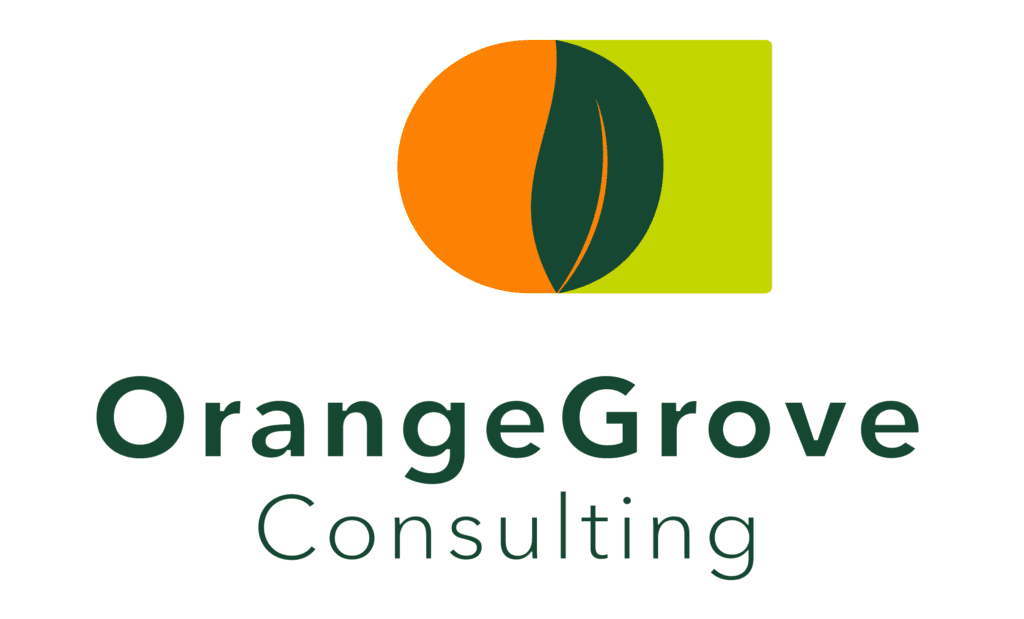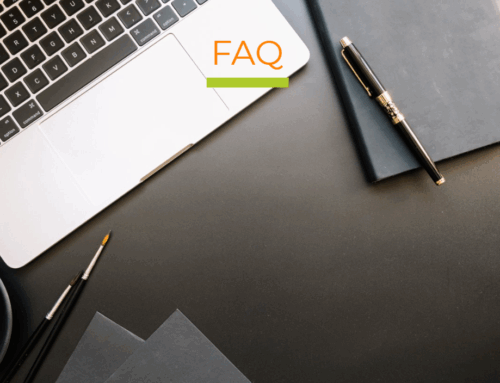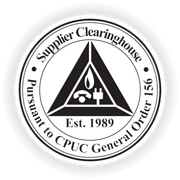Leadership development programs are an investment — of time, money, and organizational energy. Yet too often, companies launch these programs without a clear way to know whether they're truly making a difference.
Imagine applying that same approach to a sales initiative: setting goals, providing resources, but never measuring pipeline growth, conversion rates, or revenue impact. It would be inconceivable. Leadership development should be no different. Measuring outcomes isn't just about proving value — it's about learning, improving, and ensuring you're moving the needle where it matters most.
Why Measurement Matters
Without meaningful measurement, leadership development risks being reduced to anecdotal success stories or participant satisfaction ratings —"It was a great session!" — rather than real, sustained impact on the business.
Good measurement serves several critical purposes:
- It validates investment. Senior leaders can see tangible results tied to organizational goals.
- It enables course correction. If certain aspects of the program aren't delivering, you can adjust before it's too late.
- It builds organizational learning. Capturing what works — and what doesn't — strengthens future initiatives.
In short, thoughtful measurement transforms leadership development from a hopeful investment into a strategic lever for growth.
Common Pitfalls in Program Measurement
Many organizations fall into familiar traps when trying to measure training programs:
- Only measuring attendance or satisfaction. Participation rates and "smile sheets" are easy to collect, but they rarely correlate with real-world behavior change.
- Setting metrics after the fact. Without a measurement plan upfront, you're left retrofitting metrics — often forcing data to fit a story.
- Over-relying on generic frameworks. Models like Kirkpatrick's Four Levels (reaction, learning, behavior, results) provide a useful structure, but applied rigidly, they can feel disconnected from an organization's actual goals.
The result? Leadership programs that sound good on paper but fail to demonstrate real, lasting outcomes.
A Better Way: Tailored, Practical Measurement
Instead of relying on one-size-fits-all models, we recommend a tailored, practical approach — one that reflects the organization's specific goals, realities, and data environment. Key elements include:
- Define success before launch, based on organizational goals. What specific outcomes would signal success — improved manager effectiveness, higher engagement scores, faster time-to-promotion for new leaders?
- Align with what's already measured. Building on existing data points (such as turnover rates, employee surveys, or performance metrics) increases credibility and minimizes administrative burden.
- Mix leading and lagging indicators. Look for early signals of behavior change (like improved feedback conversations) alongside longer-term outcomes (like retention or promotion rates).
- Keep it practical and actionable. Complex, multi-layered measurement systems can become paralyzing. A simple, focused approach is often more sustainable — and more effective.
By setting up the right measures in advance, organizations can track progress meaningfully, paving the way for better decisions about future leadership investments.
Where Frameworks Like Kirkpatrick Fit (Briefly)
Frameworks like Kirkpatrick's model still have a place — as a helpful lens for thinking about layers of impact: reaction, learning, behavior, and results. But they shouldn't be treated as a mandatory checklist.
Ultimately, the best measurement strategy is one that fits your organization's unique goals, culture, and data environment — not one copied from a textbook.
Set Up for Success: Measurement as Part of Program Design
The best time to plan for measurement is at the very beginning — while you are designing the leadership program itself.
When measurement is integrated upfront, it strengthens program design. You can target the specific behaviors, mindsets, and outcomes you want to influence, ensuring that activities and content are tied to clear, measurable shifts.
Conversely, trying to add measurement at the end of a program often leads to missed opportunities and superficial data.
Good measurement isn't an add-on. It's a sign of a high-performing, learning-focused organization.
Ready to Build Smarter Leadership Development?
If you're considering launching a leadership development program, or want to make sure your next program delivers measurable results — we can help.
Let's schedule a conversation to explore how to set up a measurement strategy that fits your organization's goals and environment so you get the outcomes you're aiming for, not just good intentions.
Contact Us





